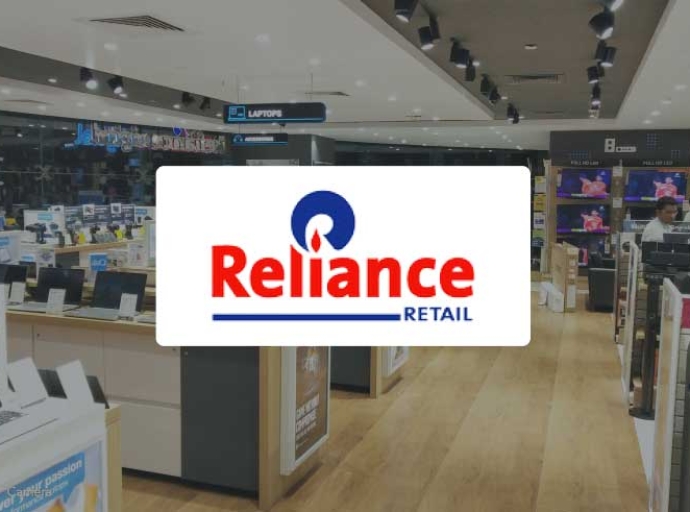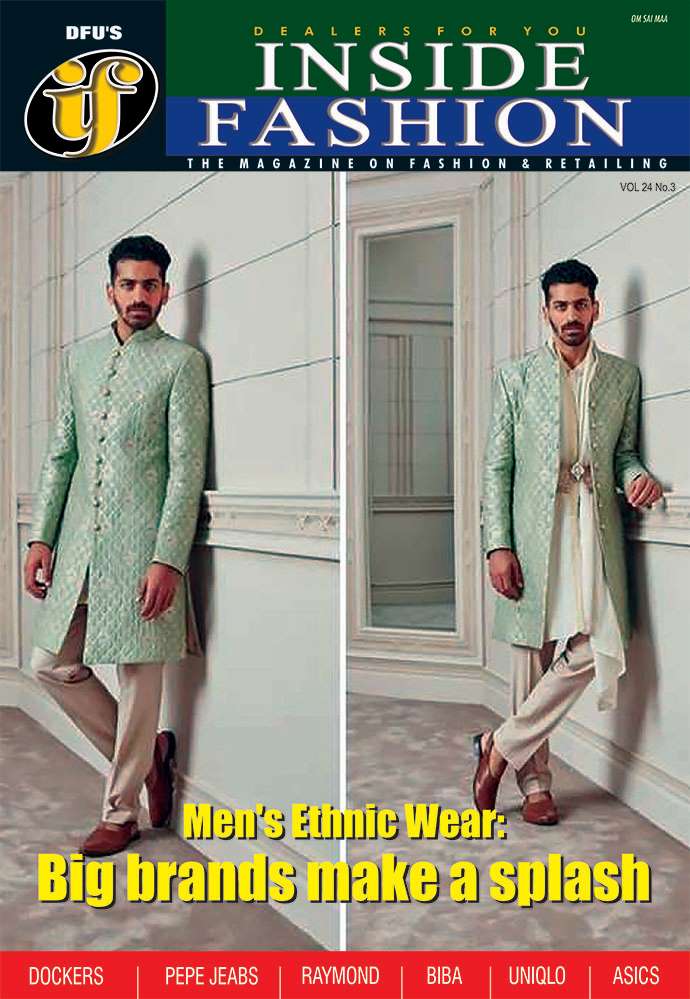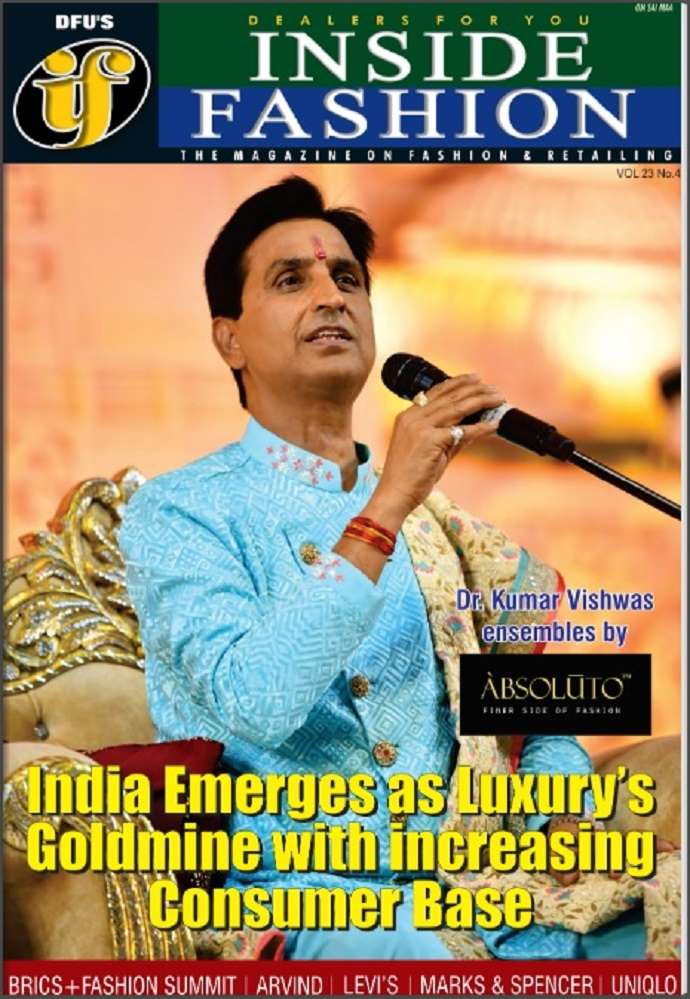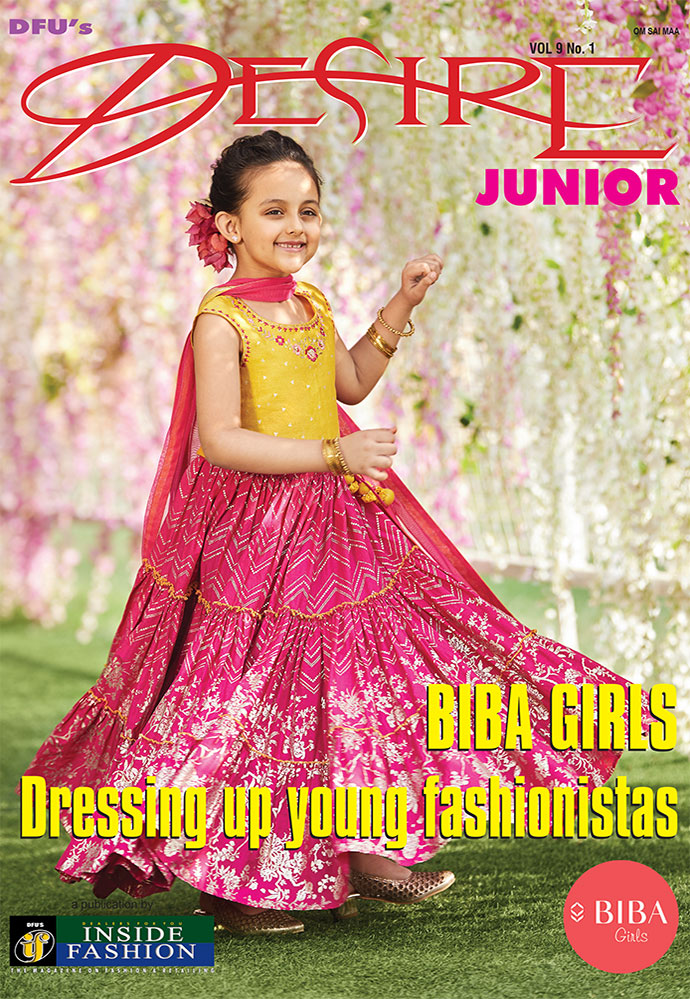Beyond Function: HGH India report reveals emotion as the driving force in Indian home design
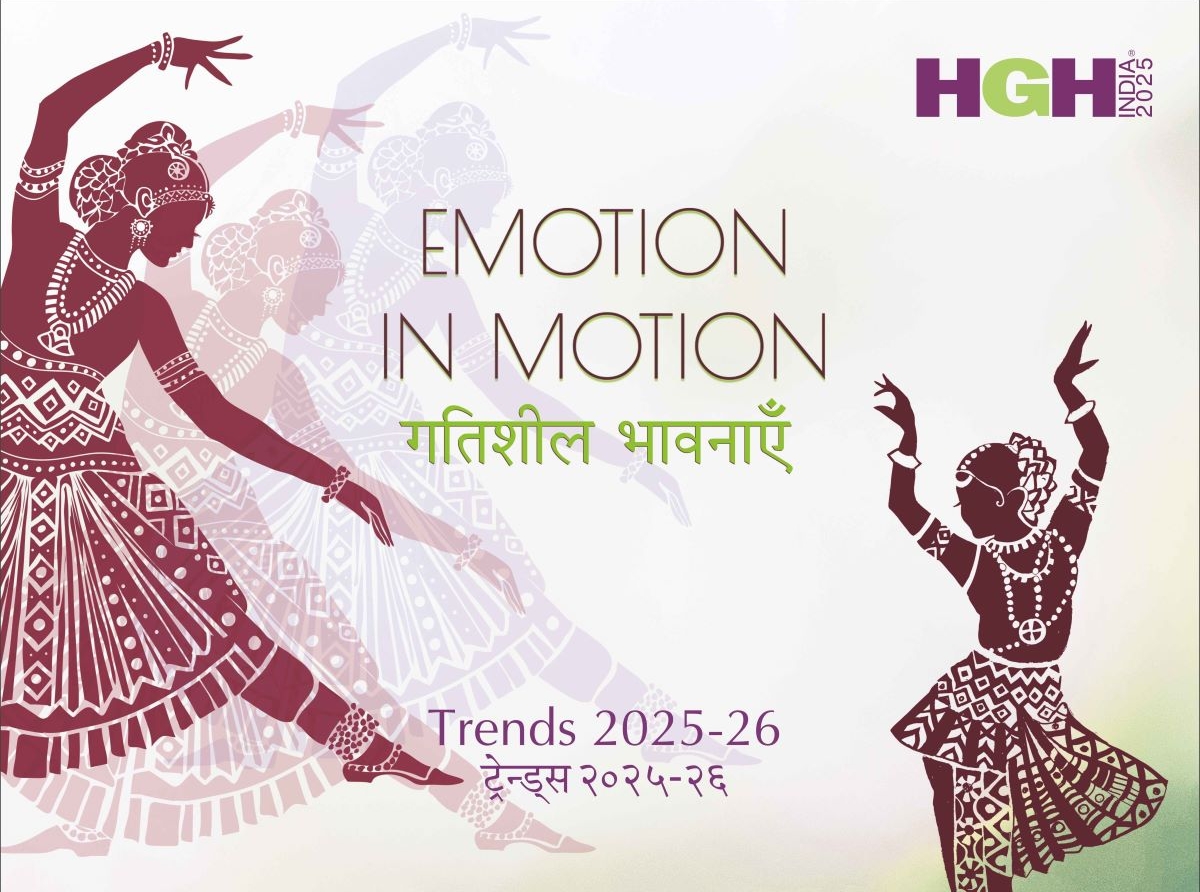
18 June, Mumbai 2025
By Arun Roongta, Managing Director,Texzone Information Services
India's homes now pulse with emotion & culture, and transcend mere function. What we surround ourselves with reflects not just who we are, but how we want to live. The HGH India Trend Report 2025–26, under the theme ‘Emotion in Motion’, brings this to the fore through four distinct yet interconnected trend directions: Future Fizz, Majestic Lagoon, Burgundy Bloom and Chai & Biscuits. These aren’t just colour stories or material palettes but mirror how Indian consumers are thinking, feeling and shaping their homes.
Trend directions
Consumers are seeking more than aesthetics; they want energy, optimism and inspiration to be embedded in their spaces. Future Fizz captures this perfectly, with expressive design and high-impact detailing that match a generation building hybrid lives—fast-paced but deeply personal. At the same time, there's a growing shift toward stillness. The demand for calm, grounding environments is reflected in Majestic Lagoon. These softer blues, greys, and natural textures appeal to a consumer looking to slow down, rest, and reset.
But modern Indian living doesn’t mean disconnecting from heritage. Burgundy Bloom's balance of richness and restraint - a luxury pinned to memory, not indulgence. A rich red wall alongside rough wood. Metallic threads interspersed through handmade fabric. It's a trend that leaves room for India's craft heritage, yet slides into homes easily.
And then there's the comeback of comfort in its most recognizable incarnation. Chai & Biscuits, with its gentle ochres, biscuit hues, and comfortable neutrals, is nostalgia perfected. It's where aesthetics and sentimentality come together: subtle but deliberate. This colour scheme appeals to all ages, particularly in homes with multiple generations, where familiarity and newness have to happen at the same time.
Sustainability at the core
Across each of these directions, one common thread is becoming non-negotiable, and that is sustainability. Whether it's responsibly sourced furnishings, low-waste production, or modular functionality, consumers are beginning to choose design that respects the environment without compromising on style. What used to be a value-add is now baseline.
The unseen layers of our homes are undergoing yet another significant change. Voice-activated appliances, AI-powered room planners, and lighting automation are just a few examples of how technology is subtly influencing daily interactions. Today's "smart" home is also a sensual one. Not only are these advancements technological, but they are also becoming more intuitive, personalised, and emotionally sensitive.
For brands, retailers, and manufacturers, this means operating with a new kind of agility. It is no longer about designing for a trend cycle. It’s about designing with insight to understand how a colour palette, texture or silhouette reflects real shifts in lifestyle and consumer mood.
The goal has always been to create platforms that convert these changes into guidance. In addition to showcasing trends, the objective is to assist the industry in reacting to them creatively and relevantly.
It is obvious that design will be a crucial symbol of aspiration, identity, and change during this time of transition as India advances to become one of the most significant consumption economies in the world.
Emotion is now the movement rather than an undercurrent. And we are setting the standard in our homes.
Latest Publications




